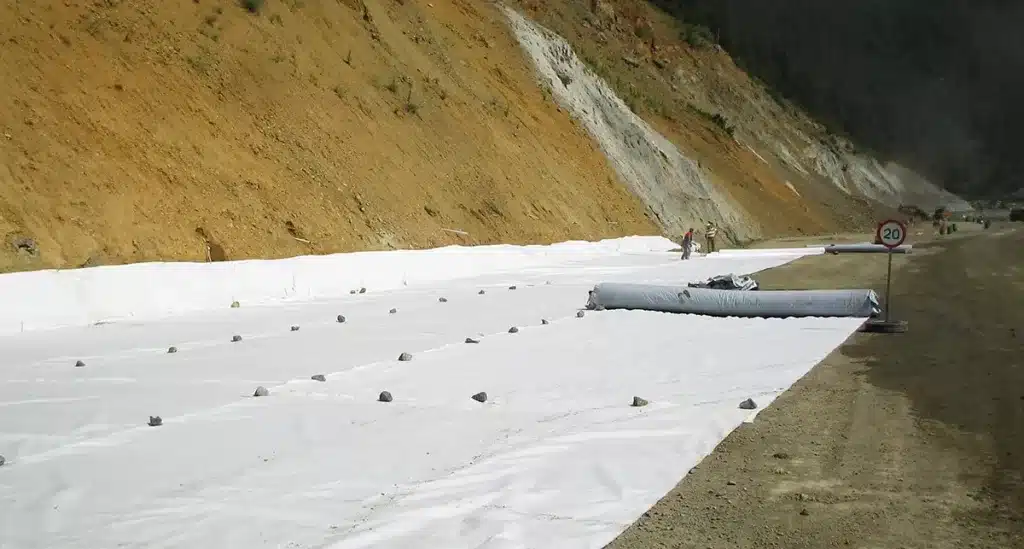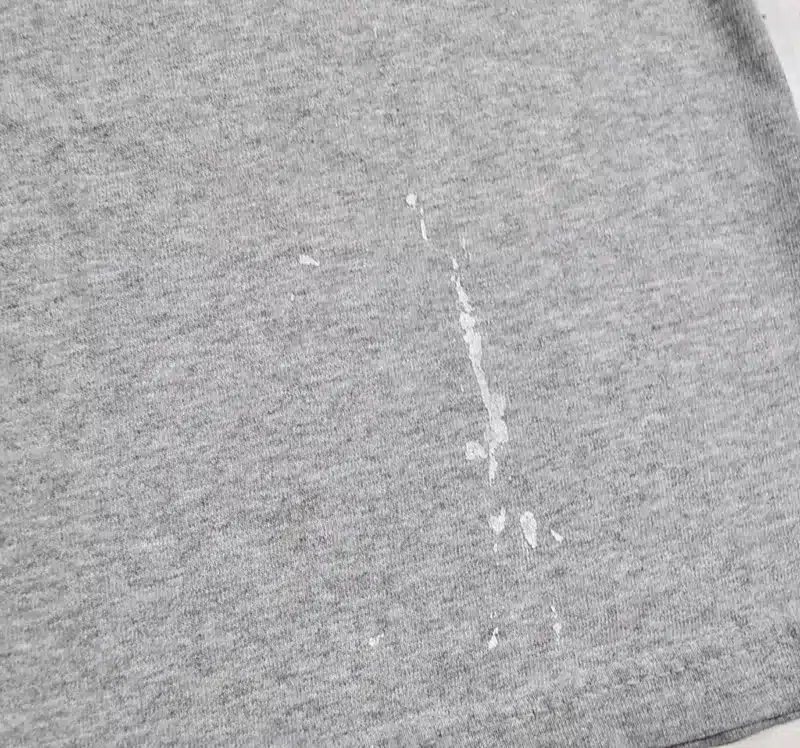+86-159 9860 6917
info@geofantex.com
geofantex@gmail.com
+86-400-8266163-44899
In the realm of civil engineering and environmental management, the use of geotextile fabric in drainage systems has become increasingly significant. This popular science article delves into the fascinating world of “geotextile fabric ring drainage,” a technology that plays a crucial role in modern drainage solutions. We will explore its permeability, applications, and water interaction characteristics, providing insights into why and how this material is revolutionizing drainage methodologies.

Can water pass through geotextile fabric?
Yes, water can pass through geotextile fabric — that’s one of its key functions.
Geotextile fabrics are designed to be permeable, allowing water to flow through while retaining soil particles. This makes them useful for:
- Drainage: Letting water escape while keeping soil in place.
- Filtration: Preventing clogging in drainage systems by trapping fine particles.
- Separation and stabilization: Keeping layers of soil and aggregate separate while still allowing water movement.
There are two main types:
- Woven geotextiles – Stronger, lower permeability, better for stabilization.
- Non-woven geotextiles – Higher permeability, better for drainage and filtration.
So yes, geotextiles are intentionally designed to allow water to pass through while controlling sediment and maintaining structural stability.
What is the use of geotextile in drainage?
Geotextile fabric plays a crucial role in modern drainage systems, especially in ring drainage setups. Its main functions include:
- Filtration: Wrapped around perforated pipes, geotextiles allow water to flow through while preventing soil and sediment from entering, keeping the drainage system unclogged.
- Erosion Prevention: By retaining soil particles, geotextiles help minimize soil migration and erosion, protecting slopes, embankments, and agricultural fields.
- Separation and Stabilization: They maintain layer integrity between soil, gravel, and other aggregates, ensuring proper structural stability and load distribution.
- Applications: Used in earth dams, roads, highways, reservoirs, retaining walls, deep drainage trenches, and agricultural drainage, enhancing water flow and prolonging system durability.
- Durability Enhancement: The geotextile layer protects drainage components, reducing maintenance needs and extending system lifespan.
Geotextiles in drainage systems act as a permeable barrier, enabling efficient water flow while preventing sediment clogging, controlling erosion, and maintaining structural stability. They are an indispensable component in modern civil and environmental engineering projects.

Does geotextile hold water?
Geotextile fabric is not designed to hold water; rather, its purpose is to facilitate water flow through it, effectively allowing water in while filtering soil particles out. The fabric’s permeable nature ensures that water can pass through, while it retains soil particles, playing a crucial role in preventing blockages in the drainage system. Although it does not absorb or hold water like a sponge, geotextile fabric acts more like a sieve, adept at separating water from solid materials and ensuring a smooth flow within the system.
Does geotextile absorb water?
No, geotextile fabric does not absorb water in the way materials like cotton or sponge do. Contrary to materials that will hold, rather than absorb or filter, water, geotextiles are typically made from hydrophobic synthetic fibers, meaning they repel water rather than absorb it. The primary function of geotextile is filtration and separation, allowing water to pass through while preventing soil erosion and maintaining the integrity of the drainage system.
Geotextile fabric ring drainage represents a significant advancement in drainage technology. This article has explored the permeability of geotextile fabric, highlighting its ability to allow water passage while preventing soil erosion. We’ve learned that while geotextile is crucial for efficient drainage, it does not hold or absorb water in the traditional sense. Its role in ring drainage systems is indispensable, offering a sustainable and effective solution for soil stabilization and water management. As we continue to develop and refine these technologies, the importance of geotextile fabric in environmental and civil engineering projects becomes ever more apparent, marking a new era in advanced drainage solutions.



Get Free Sample
We’ll respond as soon as possible(within 12 hours)






















